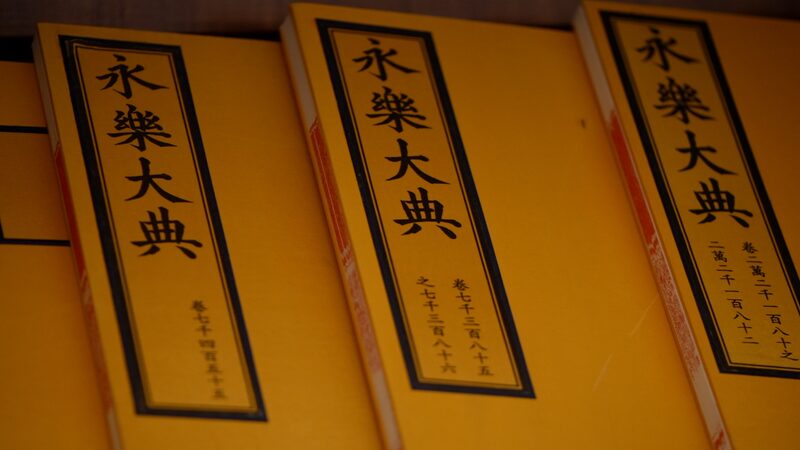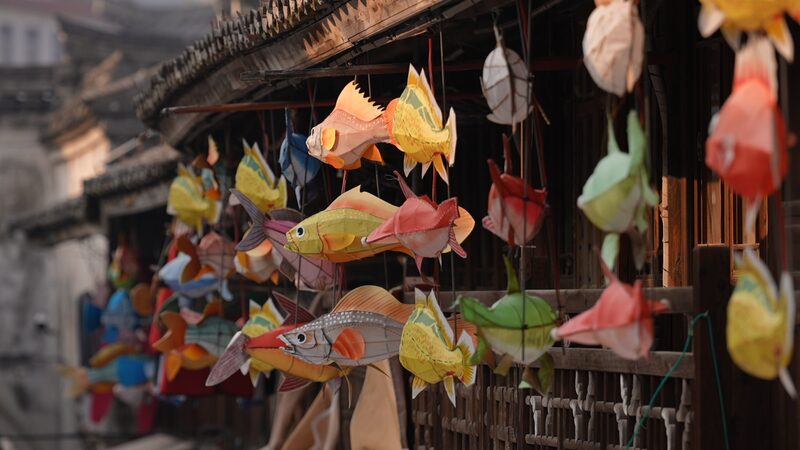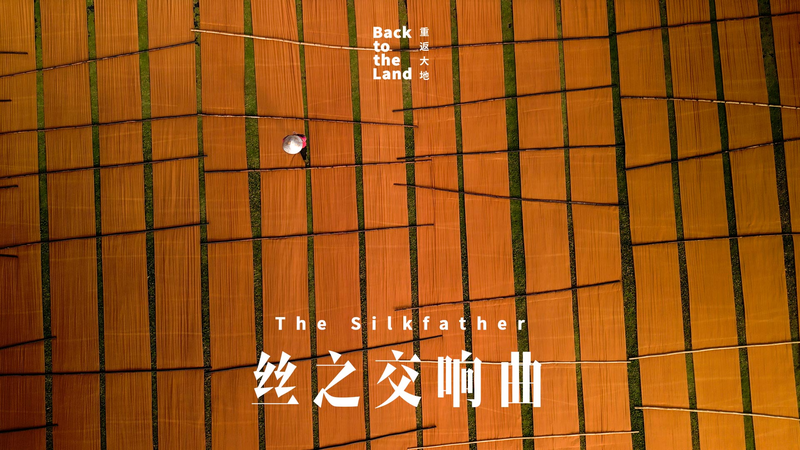Deep in Sichuan’s Garze Tibetan Autonomous Prefecture, a rare plant with a deadly secret is fueling an ancient cultural tradition. Meet the Chinese stellera 🌱—nicknamed 'wolf poison plant' for its toxic roots. But don’t let that scare you! For over 1,000 years, Tibetan artisans like Chongba have transformed this perilous plant into stunning, insect-resistant paper used for Buddhist scriptures, art, and lanterns. Talk about a glow-up! ✨
Harvested only between August and September, the plant’s fibers are spun into paper so durable it’s survived centuries—perfect for preserving sacred texts and intricate artworks 🎨. This craft isn’t just cool; it’s officially protected as part of China’s national intangible cultural heritage. 🏆
Chongba’s work bridges nature and culture, proving even the most unlikely materials can become treasures. As sustainability trends rise globally, this eco-friendly tradition offers lessons in craftsmanship that’s stood the test of time. 🕰️🌍
Reference(s):
Where Nature Meets Culture: From toxic plant to precious paper
cgtn.com





